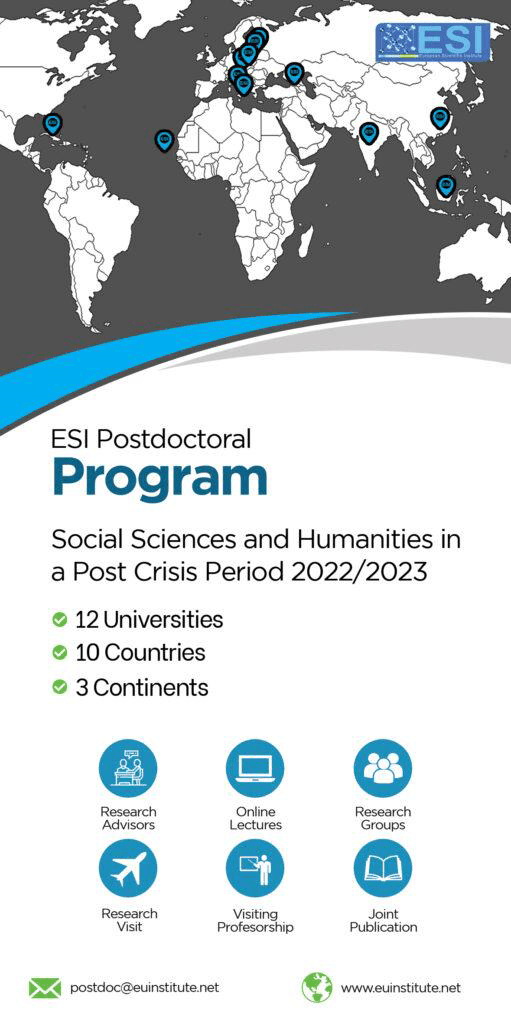USING SHUTTLE RADAR TOPOGRAPHIC MISSION IMAGERY TO IDENTIFY INLAND VALLEY AREAS AND THE SOIL SUITABILITY STUDIES FOR VEGETABLE PRODUCTION IN AKURE SOUTH LOCAL GOVERNMENT AREA NIGERIA
Abstract
The Shuttle Radar Topographic Mission (SRTM) imagery was used in 2012 to identify stream courses in Akure South Local Government Area (AKSLGA) where Akure (Latitute 7015‘N and Longitude 5015‘E) the capital of Ondo State Nigeria which had witnessed a tremendous urban sprawl in the last twenty years was located. The cultivation of vegetable in the inland valley areas was a way to improve the income and diet of the city dwellers. The polygonized boundary of AKSLGA which was superimposed on SRTM image was extracted out while the focal statistics, the contour lines at an interval of 10 m and the stream courses were generated using the Spatial Analyst Tools in ArcMap. The streams were each buffered at a distance of 100 m to generate the inland valley areas using the Analysis/ Proximity/ Buffer Tools. The soils were generally sandy loam while the average bulk densities and gravel content values were 1.53 g/cm3 and 9% respectively. The nutrient concentration showed mean values of 1.02 %, 11.2 ppm, 0.25 cmol/kg, 3.77 cmol/kg, 1.66 cmol/kg and 3.32 % for nitrogen, phosphorus, potassium, calcium, magnesium and organic matter respectively which were suitable soil conditions for vegetable production.Downloads
Download data is not yet available.
Metrics
Metrics Loading ...
Published
2014-09-19
How to Cite
Adekayode, F. O. (2014). USING SHUTTLE RADAR TOPOGRAPHIC MISSION IMAGERY TO IDENTIFY INLAND VALLEY AREAS AND THE SOIL SUITABILITY STUDIES FOR VEGETABLE PRODUCTION IN AKURE SOUTH LOCAL GOVERNMENT AREA NIGERIA. European Scientific Journal, ESJ, 10(10). Retrieved from https://eujournal.org/index.php/esj/article/view/4227
Section
Articles







